The Death Knights are joining Duels! Following RegisKillbin's reveal, we know that two Death Knight characters will join the Hearthstone Duels game mode as playable Heroes, each one with different Hero Powers and Signature Treasures.
If you want to learn more about what's next for Duels, we advise you to check out the complete patch notes.
In this particular article we have a spotlight on Scarlet Leafdancer. She will be available in the pool of possible Heroes once Match of the Lich King releases on December 6th.
In case you're interested in a particular portion of our commentary, make sure to click on any of the links below to jump immediately to that section:
- Scarlet Leafdancer - General Overview
- Scarlet Leafdancer's Hero Powers
- Scarlet Leafdancer's Signature Treasures
Scarlet Leafdancer - General Overview
Scarlet has a strong focus on Blood and Unholy strategies. For general utility, Scourge Strike is the most versatile Treasure, whereas Ironweave Bloodletter and Crimson allow you to further lean into Blood Rune builds. We can see an aggressive Unholy list, as well as midrange/control oriented Blood decks to be the archetypes Scarlet feels the most comfortable in.
Out of her Hero Powers, only Hematology stands out as a potentially defining factor. We'll have to see how realistic the Corpse generation will be in practice, but the Passives indicate that Corpses will be a main focus for the class either way.
Hero Powers
Already starting with the Hero Powers, we can tell that Scarlet is directed towards the Blood and Unholy Rune archetypes. They can still be used in combination with any kind of Rune setup you'd like to build your deck around, but Corpse generation and life gain aren't really a core part of the Frost Rune playstyle.
Blood Parasite
A little Beast with Lifesteal comes out slower than the standard charging Ghoul Death Knight has access to, but allows for prolonged Health recovery, while still helping you gather Corpses. Scarlet's Parasite is her best option for a proactive Hero Power, but lacks tempo gain or synergy to be considered ideal.
Hematology
Mana cheating is always welcome, but the Corpse prerequesite gives it a limiting factor. From the wording of the effect it seems like the same card can't be reduced more than once, meaning that spending 3 Corpses should result in 3 different cards each receiving (1) reduction. One part that could cause trouble is the lack of a "(but not less than 1)" stipulation. A cheap combo piece like Brann Bronzebeard can get really powerful when you get it down to 0 Mana.
But a balanced out deck is important, as you'll have to make up for the lack of Corpses coming from your Hero Power by running enough small minions, while still maintaining a large enough hand size to reduce the cost of. We already know that some Passives encourage spending your Corpses, so having the Hero Power ready to go each turn might just be your best option, even when you're only spending 1 Mana on 1 Corpse worth of discount.
Scourging
The go-to for an attrition-oriented deck that keeps the value train going. Or is it? Well, compared to Finley's Bubble Blower, paying 2 Mana upfront is far worse than a single point of Overload. Furthermore, the pool of possible Undead minions is arguably a lot worse than Finley's Battlecries. That's because of the many miscellaneous Neutral minions that received the Undead tag retroactively. The Discover pool spans over a whopping 130 Undead, many of which are mediocre ones from the Naxxramas, Uldum, and Frozen Throne expansions.
Taking all of that into consideration, it's honestly a race to the bottom between Blood Parasite and Scourging in terms of which Hero Power is the least bad at lending you a constant supply of minions. At least the Parasite can't disappoint you with a selection of Stoneskin Gargoyle, Am'gam Rager, and Wisp. Or how about Generous Mummy, Wicked Skeleton, and Ticking Abomination? (Editor's note: yikes!)
Signature Treasures
Something to note from the start is Death Knight's affinity for weapons. Scarlet has 3 of those as a Signature Treasure, but at the same time she can take advantage of them fairly easily, thanks to not only Runeforging, but also the two weapon Passives Pillage the Fallen and Grommash's Armguards . Once again, none of these have much to do with Frost, and instead are either generic, or revolve areound the Blood and Unholy concepts of healing and building up a resilient board.
Runed Soulblade
Do you know the saying of a "double-edged sword"? Runed Soulblade fits that description pretty well. Attacking into a minion on your own terms makes this effectively a Swipe with two charges. Nothing groundbreaking, but useful. What turns the deal sour is the fact that your opponent can proc the blade on their turn, allowing them to whittle down the durability when the AoE damage has less impact.
You could also view this as a strictly defensive tool, deterring your opponent from attacking by holding on to the weapon at full charges. At that point it just feels like a more telegraphed Explosive Trap, where, as you might know, playing the waiting game can easily backfire once your opponent can overwhelm the damage barrier with buffs of some kind.
Scourge Strike
Following the tradition of the "(Improves during run.)" Treasures, Scourge Strike already starts out as a decent standalone card. We have to assume the destroyed enemy minion is chosen randomly, and that the word was probably omitted due to formatting. Otherwise, the subsequent upgrades would make targeting awkward (though the technology does theoretically exist!).
Either way, the potential for a wide board clear plus hand refill later in the run makes this Treasure stand out as quite powerful, even after just one upgrade. If memory serves us right, the upgrade occurs on every third game played, at which point all three effects improve by 1.
Crimson
For such a cheap minion, its effect has huge potential. Crimson is an obvious choice for a full-on Blood Rune archetype, as you can take the initiative by paying Health for cards like Obliterate, Noxious Cadaver, or Deathbringer Saurfang, only to quickly gain it back with a Death Strike or Blood Boil.
It's incredibly easy to weave this bird in your plays and just as easy to gain huge stats from it. The only thing holding it back is the fact that healing is useless in the early game. That still doesn't deter from the snowball effect it can have on games where swinging with a Corrupted Ashbringer also happens to grant +10/+10 to your angry bird.
Ironweave Bloodletter
In case you really wanted to indulge in the fantasy of being an absolute meatshield tank, this weapon's the Treasure of your choice. What makes it interesting is the Death Knight's concept of Health: it functionally replaces Armor, as they are able to increase their maximum Health thanks to Vampiric Blood and the new Tier 1 Passive, Blood Shields.
Without more knowledge on the reality the bucket changes will bring, it's difficult to tell whether or not Death Knights can effectively run a control archetype. After all, restoring Health isn't the one-stop solution to an opponent's OTK combo or strong midrange board.
If it does end up working, this weapon can reach silly levels of healing with some janky combos. Notably, Brann Bronzebeard and Rummaging Kobold can get you up to 12 Health restored for every Corpse consumption!
Greatsword of the Ebon Blade
The last of the weapons, and possibly the worst. It resembles Sword of Justice in its statline, as well as the staggered buffs it gives out. Granted, Reborn is more useful than just +1/+1, but the ones benefiting from Reborn the most already got an entire Passive Treasure in the form of Mummy Magic.
As it stands, Greatsword ideally fits into an Unholy deck that attempts to build up lots of corpses for the new Tier 2 Passive, Cold Feet Pact, and thus won't run into redundant Reborn for Deathrattle minions. Despite such favorable circumstances, it's unrealistic that this will see play when Scourge Strike fits just as well, and is and all around better card.
Contagion Concoction
It's not often that we see Treasures based on punishing a distinct kind of opponent. And for good reason, as this doesn't really define a deck for it to be built around, but rather a metagame to be countered. Imagine the ideal scenario: this annoying Deathrattle Elise managed to get to 5 Mana and is about to drop one Deathrattle Taunt after the other. Casting a Concoction on one of their minions would allow you to still fight for the board, while keeping the pressure for face damage high.
What this doesn't take into account is just how awkward it is to get right. After all, the opponent decides which way they place their minions, and something like a Dormant minion or a Location can put the infected minion into "quarantine", stopping the chain of Deathrattles. Besides that, Contagion also demands for multiple minions to be present, but loses its effectiveness once you do use an AoE clear. Truly a conflicting card, that can either be the bane of your opponent, or end up as nothing more than a 2 Mana Sinister Strike.
What do you think about Scarlet Leafdancer's place in Duels? Let us know in the comments below!
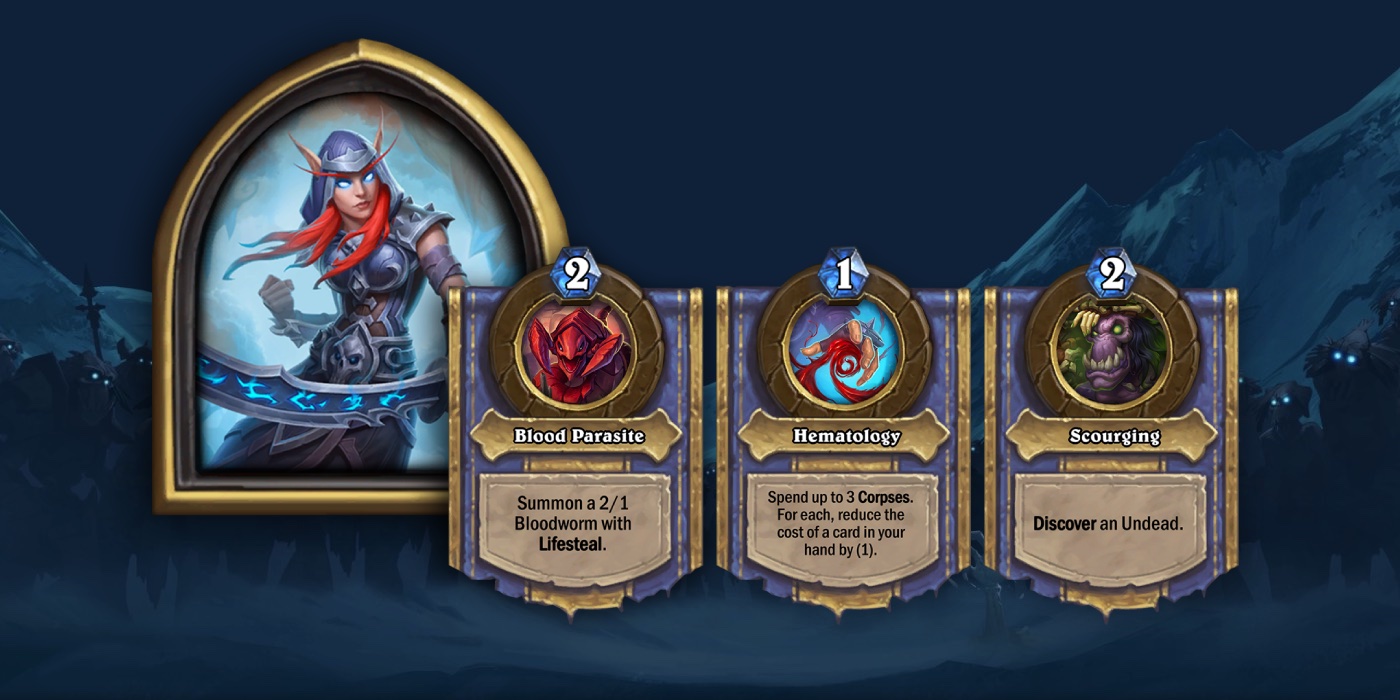
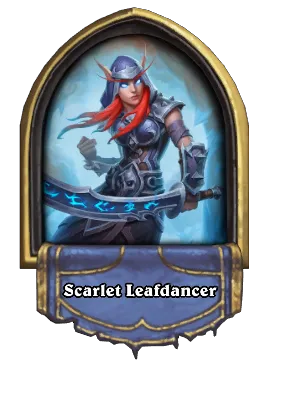
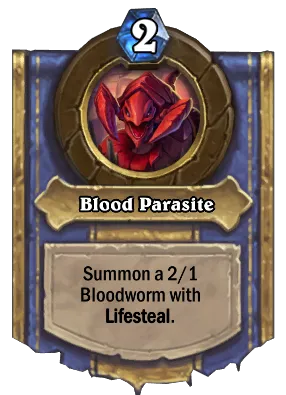
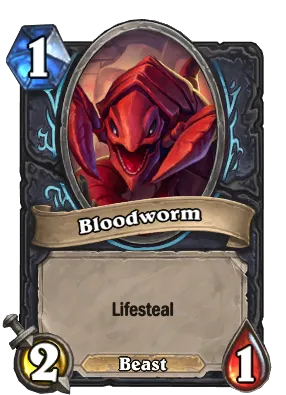
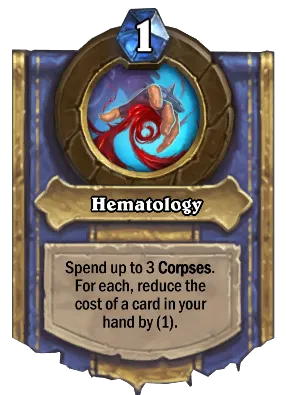
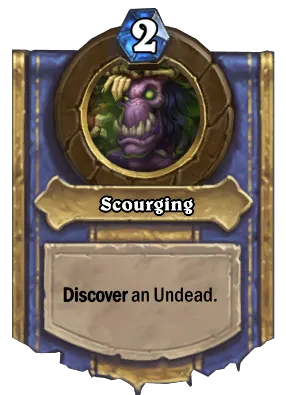
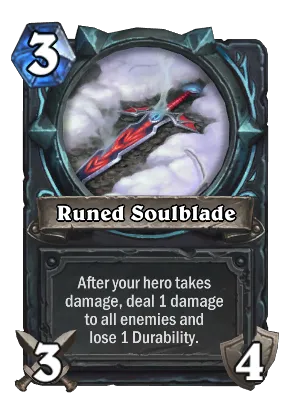
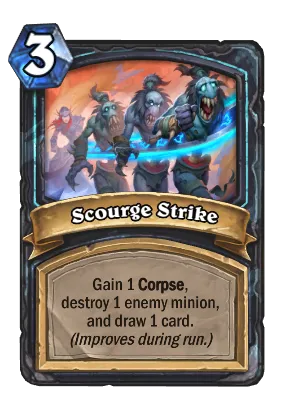
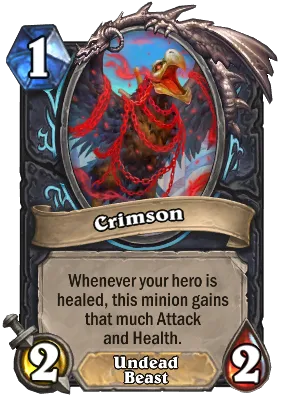
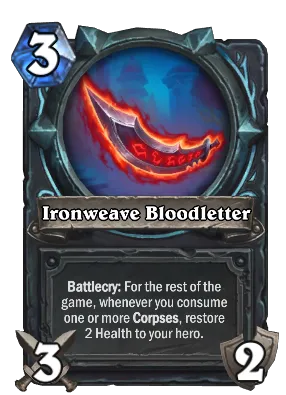
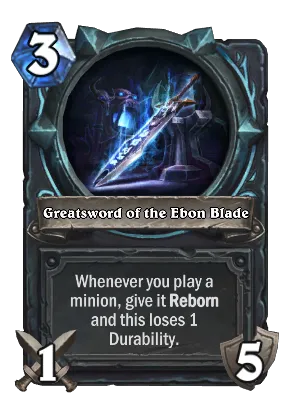
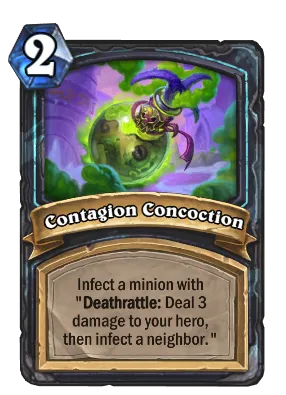
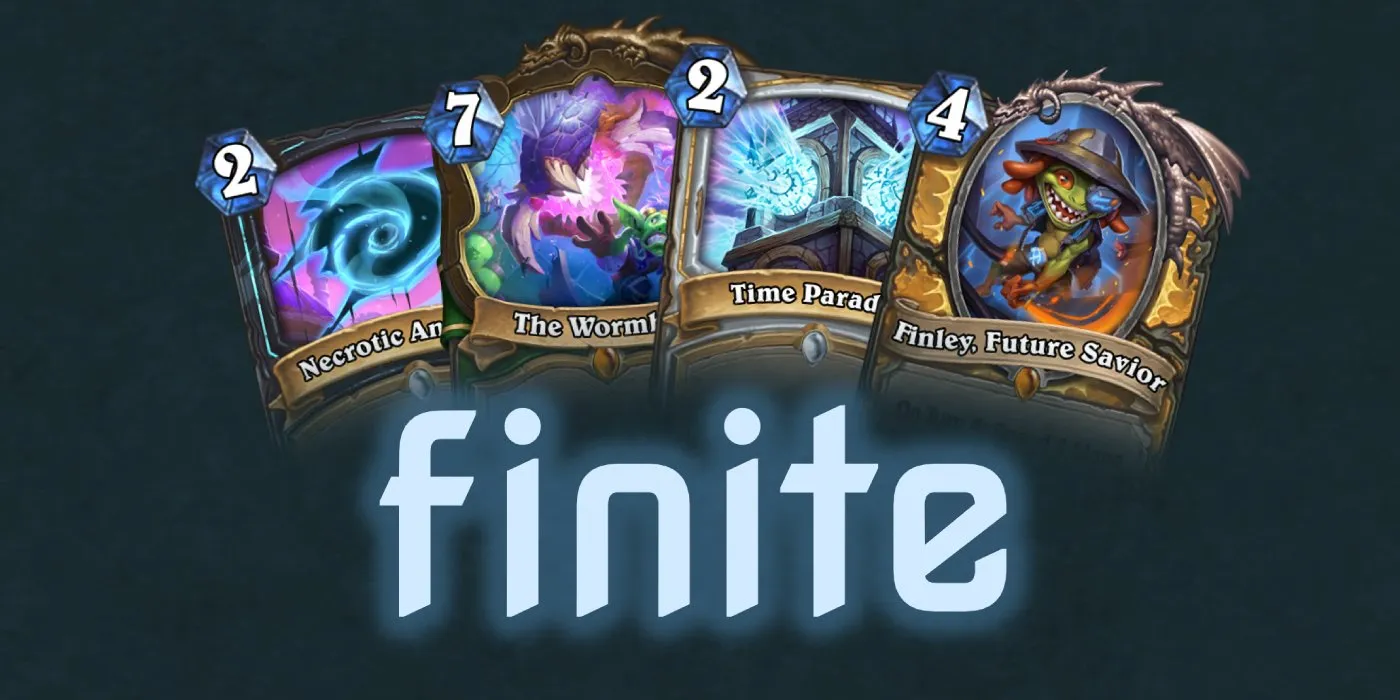
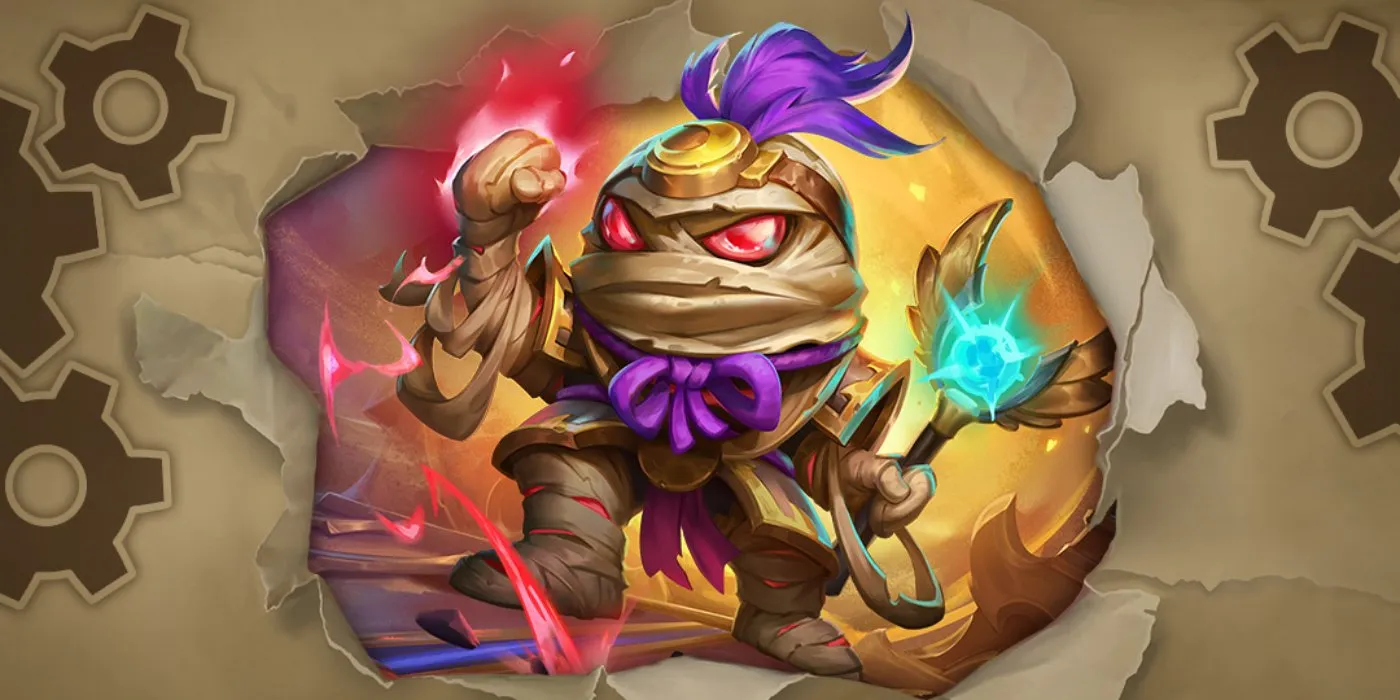
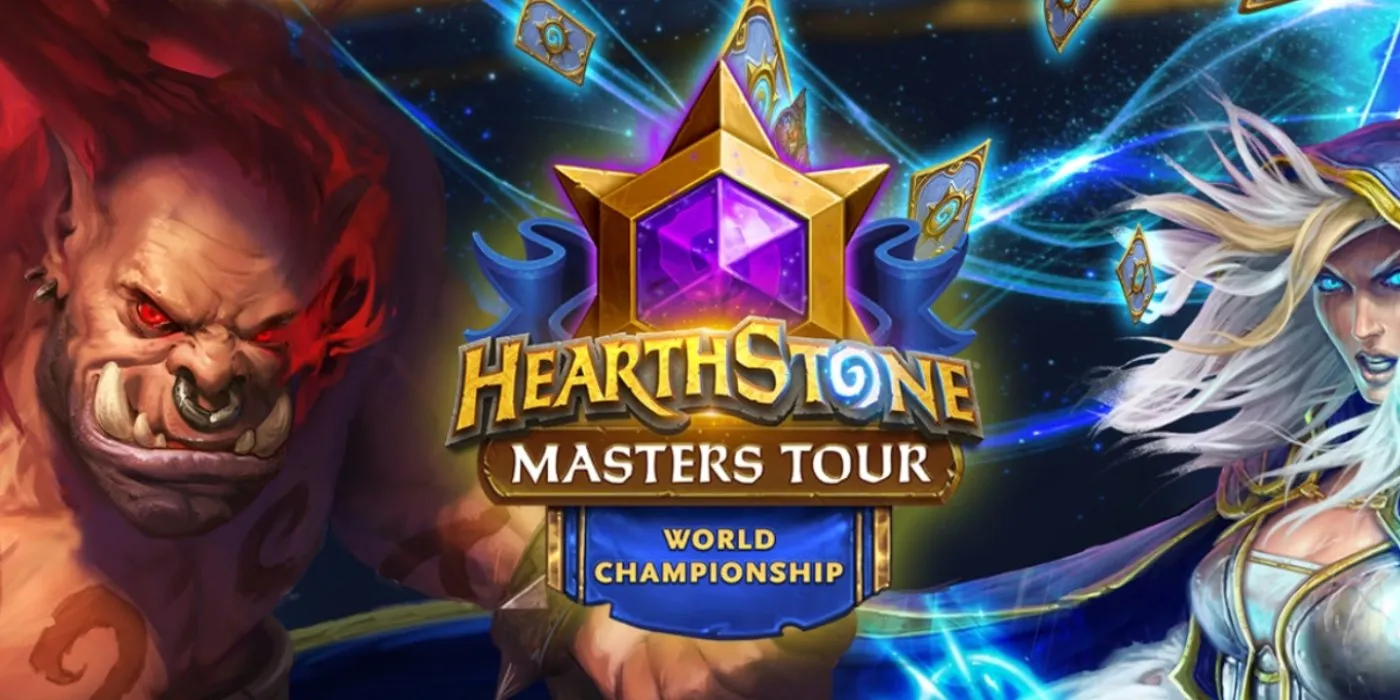
Comments
No Comments Yet. Be the first to create one down below!